History of optical business
As a member of the Kowa Group with a 120-year history, we have continued to provide innovative optical products in Japan and overseas.
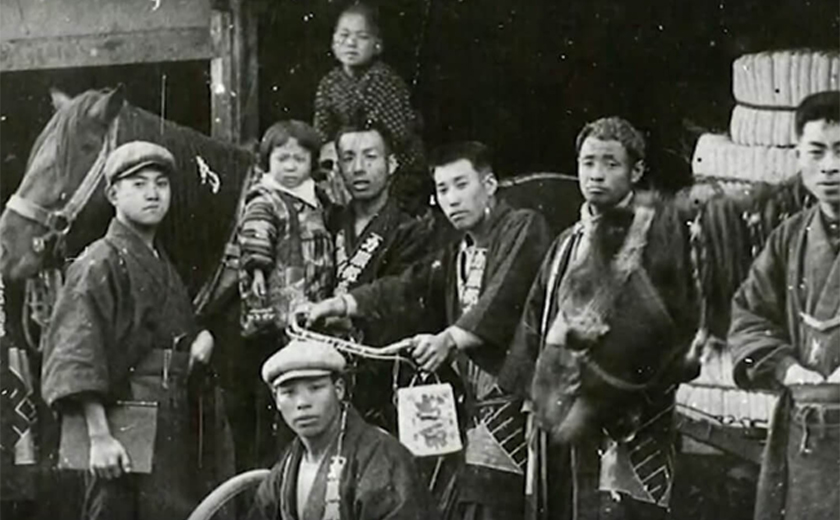
1894
Founded as a cotton clothfabric wholesaler, "Hattori Kanesaburo Wholesale Store (Yaoya-cho, Nagoya)".
The history of the Kowa Group dates back to a private store, “Hattori Kanesaburo Wholesale Store” which was founded by Hattori Kanesaburo by naming after him in the 27th year of the Meiji era. At first, the store originally sold tie-dyeing and Chita cotton produced around in Narumi and Arimatsu.
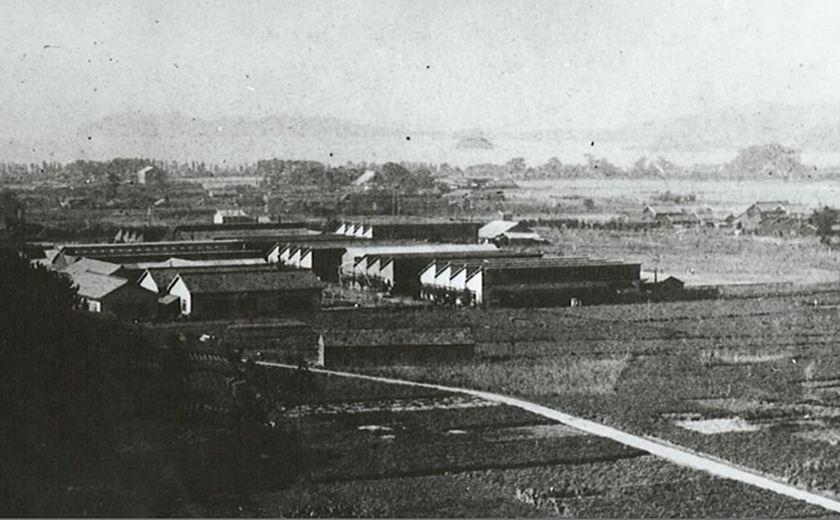
1946
Kowa Koki was established in Gamagori, Aichi.
Production of spectacle lenses and opera glasses was started, followed by production of 33mm projection lenses (1947) and binoculars (1948).
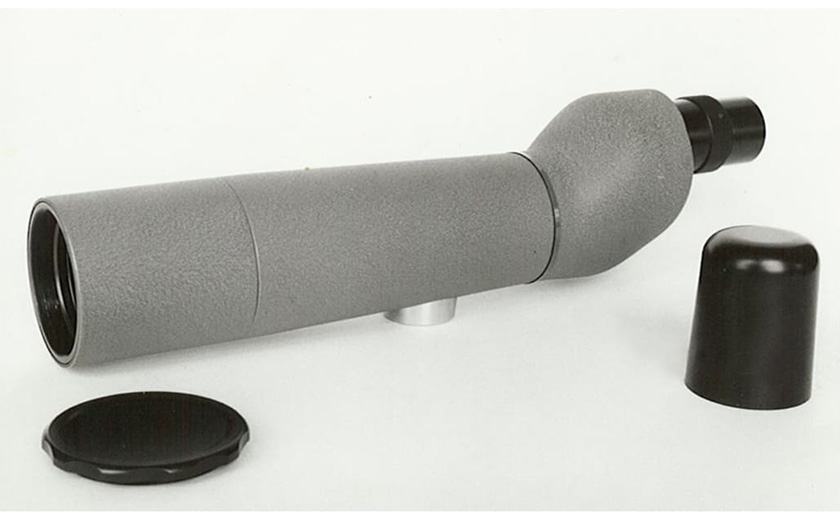
1952
KOWA released a spotting scope for the first time in Japan.
As the first spotting scope models in Japan, "TS-1, TS-2" were released. Our products were selected as official tools used in the shooting event in the 1964 Tokyo Olympics and became popular models sold for 36 years from the release.

1953
A projection lens for CinemaScope (anamorphic lens) was produced and released.
CinemaScope is a widescreen method developed by 20th Century Fox. Kowa Koki produced and sold the lenses after making an agreement with 20th Century Fox to obtain the sales rights in Japan and Southeast Asia.
Became the first Japanese manufacturer to install large sightseeing binoculars (on the roof of Maruei Department Store, Nagoya).
The first four units were installed on the roof of Maruei Department Store in Nagoya. With a 10 yen coin, people were able to enjoy the view for 3 minutes.

1954
The 6cm x 6cm format TLR camera "Kalloflex I" was released.
The first camera released by Kowa Koki. It was a semi-automatic twin-lens reflex camera with a self-cocking system, and it took five years to develop this 35mm camera adopting a 24 x 32mm size, so-called Japanese format.
1955
KOWA established "Kowa Optical Corporation" in New York City, U.S.
"Kowa Optical Corporation" was established as the sales base for optical products in the United States.
1956
Kowa Koki Seihin was established.
The company sold cameras, projection lenses and other products to exclusive distributors.
1958
KOWA opened the Kowa Electrical Machinery Research Laboratory in Chofu, Tokyo.
In 1958, the electric machinery division was newly established in order to launch our own domestic sales. With the establishment of the Kowa Electric Machinery Research Laboratory, the structure of the electric machinery division was completed, from production to sales.
An interchangeable lens for the 8mm cine camera and a filming lens for CinemaScope were displayed at the Brussels World Exposition and an honorary award was received.
In the optical division in the first half of the 30s in the Showa era, lenses and eyeglasses such as binoculars, spotting scopes, and filming lenses for CinemaScope were steadily produced. In the camera field, the market needs quickly changed from twin-lens reflex to the 35mm camera. Therefore, KOWA produced new products for the 35mm camera for worldwide introduction.
1959
Mass production of small-size tape recorders and transistor radios was started.
Production of the six-transistor radio "KT-61", 8-inch portable television "TV-82" and super small tape recorder "Micro Corder ER-2" was started.
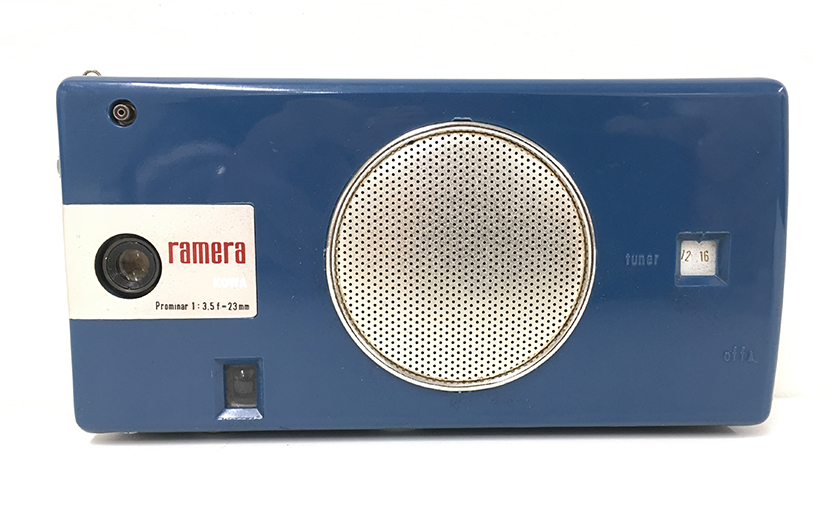
"Ramera", a 16mm format camera integrated with a radio, was released.
Having a Prominar 23mm F3.5 lens with shutter speeds of B, 1/50, 1/100, 1/200 seconds, this model ran on 9V 6P batteries and had only the minimum function as a camera. It was developed with a playful spirit as a manufacturer.
The first Kowa Planetarium was delivered to Miya Planetarium in Gamagori, Aichi.
1960
The optical division and electric machinery division are integrated into the electric optical division.
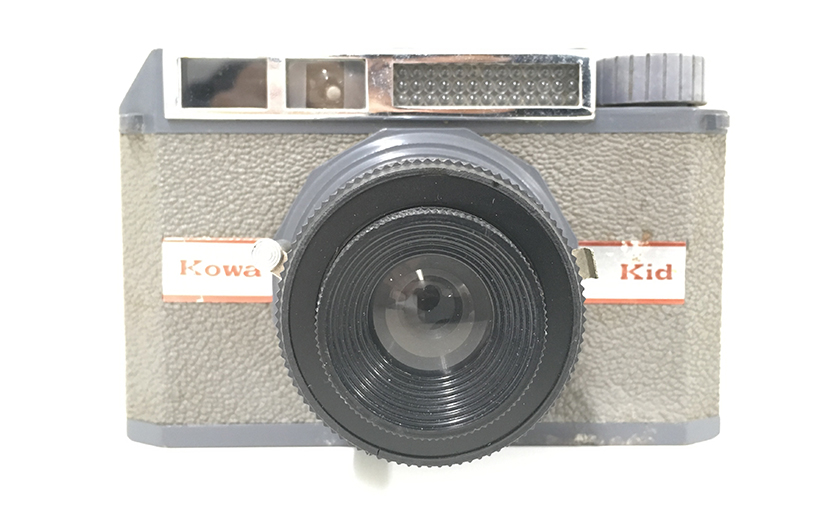
"Kowa Kid", a camera for beginners, was released.
A camera for beginners with a slightly heavy body. It has a 70mm F11 fixed-focus lens and shutter with two speeds, and can take 4 x 6.5cm and also 4 x 4cm format pictures by inserting a mask.
1962
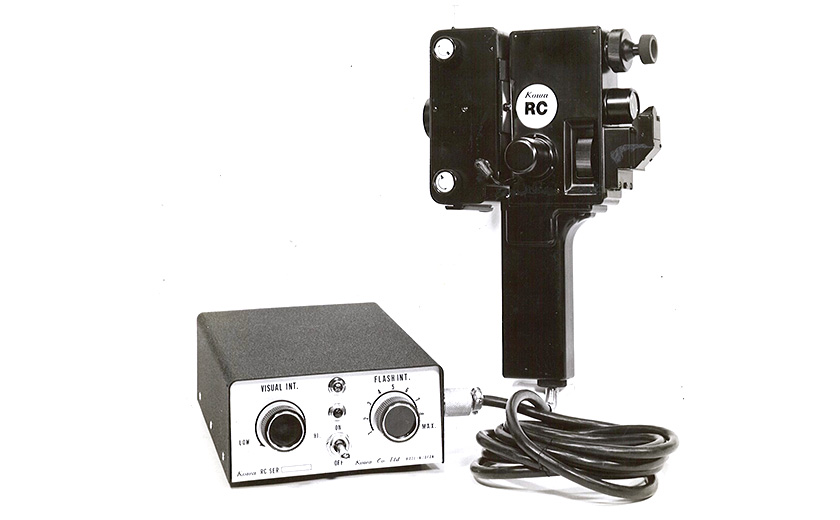
The retinal camera "Kowa RC" was released.
As a new field to apply the optical technology, "medical equipment" was focused on. It occupied a 90% or more share of the handheld type retinal camera market in the world.
The second Kowa Planetarium was delivered to the Children's Hall in Hamamatsu.
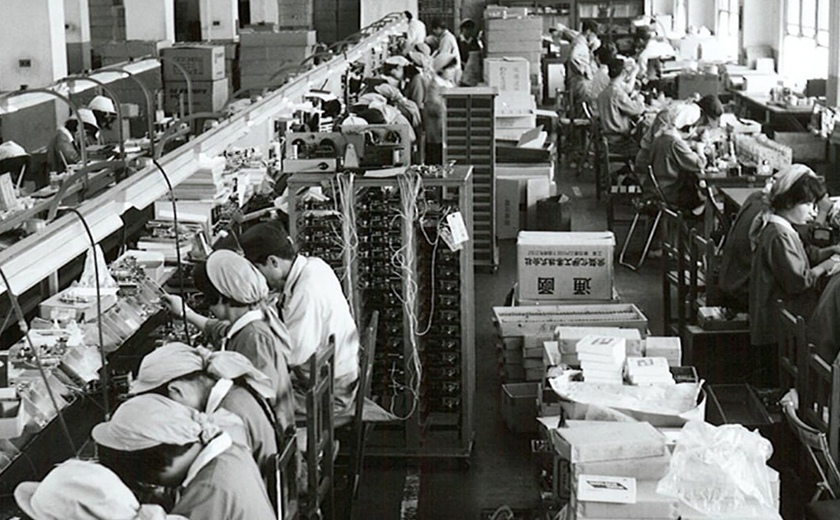
1963
In Kowa Company, Ltd., factory names were changed from "Kowa Koki" to "Gamagori Factory" and from "Kowa Electrical Machinery Research Laboratory" to "Chofu Laboratory".
Kowa Company, Ltd. established the U.S.-based affiliated company "Kowa Camera Corporation".
Regarding sales of Kowa Company's electronic optical products in the U.S., "Kowa Camera Corporation" was established exclusively for electronic optical products, and the optical products were sold via this company.
1968
Sales of lenses for surveillance were started.
1971
Kowa Company, Ltd. established the affiliated company "Kowa Europe S.A." in Belgium.
Kowa Company, Ltd. established the Brussels representative office in 1963 as the export base to Europe for optical products made by Kowa. As a result of the satisfactory expansion of business operations in Europe, the Brussels office eventually became an affiliated company, "Kowa Europe S.A."
1972
The affiliated company "Kowa Co., (Thailand) Ltd." was established.
Kowa advanced into Thailand as an affiliated member of the UTO Bangkok branch together with Itoman and Shinko Sangyo in 1956. As the branch was dissolved in 1967, Kowa Company's independent representative office opened, which became the affiliated company "Kowa Co., (Thailand) Ltd." in 1972.
1976
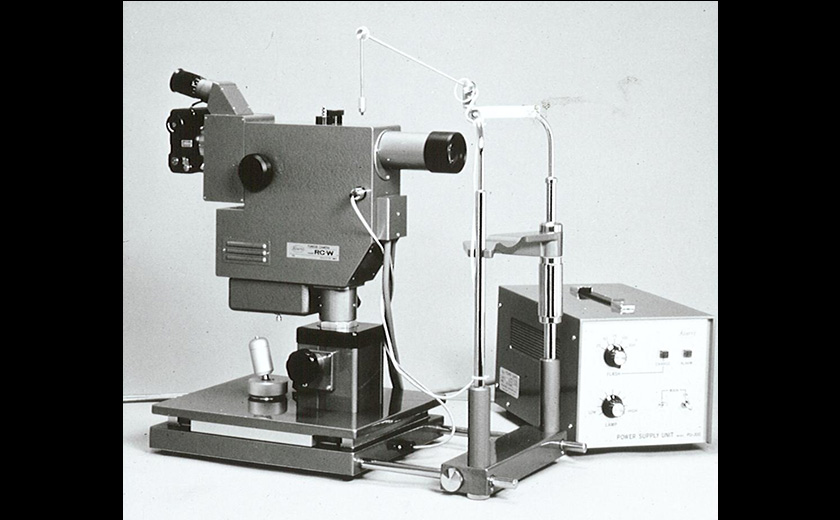
The wide angle retinal camera "RC-W" was released.
Since the first retinal camera was released, only handheld type products had been developed to meet unique demands. As medical treatment advanced, however, retinal cameras began to be required to have more sophisticated specifications and functions, which resulted in development of this new large-size fixed-type model.
1979
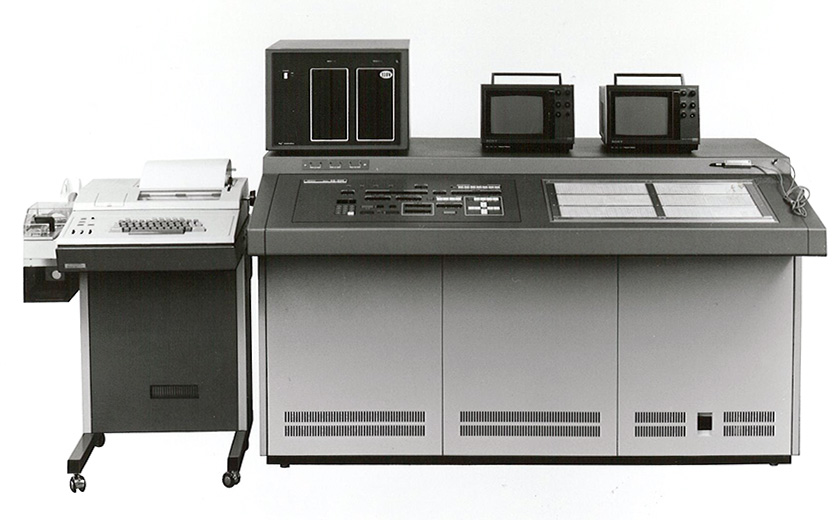
The character and graphic display equipment "CG-800" was developed.
Character display equipment utilizing flying spot scanner technology had widely been used in the broadcasting and electric railroad industries. With improvements in semiconductor elements, it became easier to purely electronically synthesize characters and graphics, which contributed to development of the character and graphic display equipment "CG-800". The products were delivered to broadcasting stations throughout Japan.
1980
Kowa Company, Ltd. established Kowa Optimed, Inc. in L.A., U.S.
Kowa Optimed, Inc. handles both optical and medical equipment as indicated by the company name, and was established as the new sales base for the electronic optical divisions in the United States. The optical sales division of Kowa American Corporation was then transferred to Kowa Optimed, Inc.
The small opaque projector "OS-102" using CCD technology was released.
1981
Zoom lenses for consumer video cameras were mass-produced.
Focusing on the potential of home videos that had just started to be enjoyed, Kowa Company, Ltd. developed zoom lenses for video cameras of Victor Company of Japan, Ltd. in 1978. Zoom lenses for Matsushita-Kotobuki Electronics Co., Ltd. and Sony Corporation were also developed, and at peak production in 1981, Kowa Company, Ltd. became the leading manufacturer that produces over 80% of all the zoom lenses produced in Japan.
Build-to-order manufacturing of stepper optical systems of semiconductor exposure equipment and small scanners was implemented.
Products within our area of expertise, such as announce repeaters and flying spot scanners, were fully renovated to a new product line utilizing the latest achievements of digital and CCD-applied technologies. It includes audio video filing systems, character graphic display equipment and CCD small opaque projectors.
The systematized retinal camera "RC-XV" was released.
"RC-XV" was the first model in Japan that realized advanced autonomation and systematization, which opened a new era of the retinal camera field.
1982
An audio video filing system was developed.
This device is designed to record and play audio concurrently with static images by using high-capacity magnetic disk and is used to broadcast still-image commercials on TV.
1983
The Chofu Research Laboratory (electronic optical business division) was newly established.
1984
Kowa Company, Ltd. established Coherent Kowa Company, Ltd. as a joint venture with Coherent, Inc.
Coherent, Inc., the world’s leading manufacturer of laser devices, was seeking a partner for the development of a production base in Japan. Kowa Company, Ltd. supplied the retinal camera to Coherent, Inc. in the form of OEM. Recognizing our level of technical expertise, Coherent, Inc. proposed their plan to us.
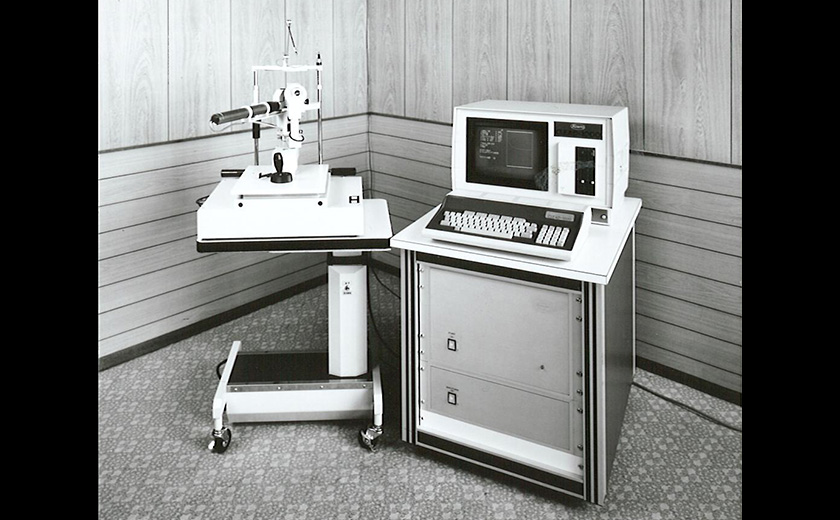
"CLEAD-1000", a device for early diagnosis of cataracts, was developed.
Utilizing characteristics of laser light, electronics and computer technologies, this model became the pioneer of Kowa Company's laser-applied equipment.
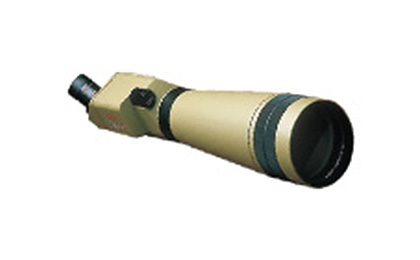
The spotting scopes "TSN series" and "TSN-1, TSN-2" were released.
Under the concept of "producing a spotting scope providing the sharpest and clearest view in the world", TSN (Tele Scope New) series with a 77mm aperture lens and newly designed optical system was developed and released. The series name TSN has been passed until now with its concept and our pride.
1986
"Kowa Europe GmbH" was established in Düsseldorf, Germany.
1988
A character display equipment for high-definition television was developed.
In the character display equipment field, some new models, including a word processor for broadcasting, "CG120", character display equipment for high-definition television, sports time display equipment and notice display equipment, were developed and delivered.
1989
The Silicon Valley office was newly established in San Jose.
As a liaison office of the electronic optical business division, the "Silicon Valley office" was established in San Jose, which is the heart of Silicon Valley, the mecca of semiconductor manufacturing, and market research activities were started.
CCTV lens production was started.
1991

Security lenses and FA lenses were successively released, with the aim of promoting global expansion.
2001
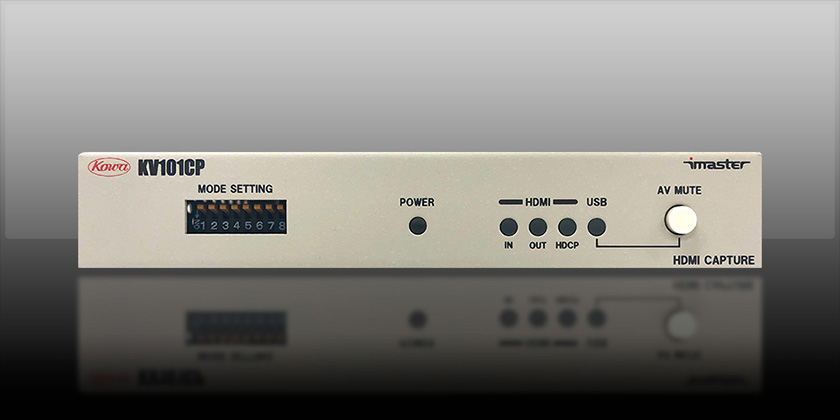
Full-scale sales of commercial video equipment was started.
2007
The 360,000 pixels black & white CMOS camera "SC36M" was released.
2014
Low light color cameras and interchangeable lenses for Micro Four Thirds System were released.
2018

Kowa Company's production and sales of lighting fixtures were transferred to Kowa Optics Products Co., Ltd.
2021
Kowa Optics Products Co., Ltd. changed its name to Kowa Optronics Co., Ltd.
Kowa Optronics Co., Ltd. made a capital participation in TECH MAKE Co., Ltd., which became a wholly-owned subsidiary.
2023
Kowa Optronics Co., Ltd. merged with Kokan Techno Co., Ltd. and Kowa TechMake Co., Ltd